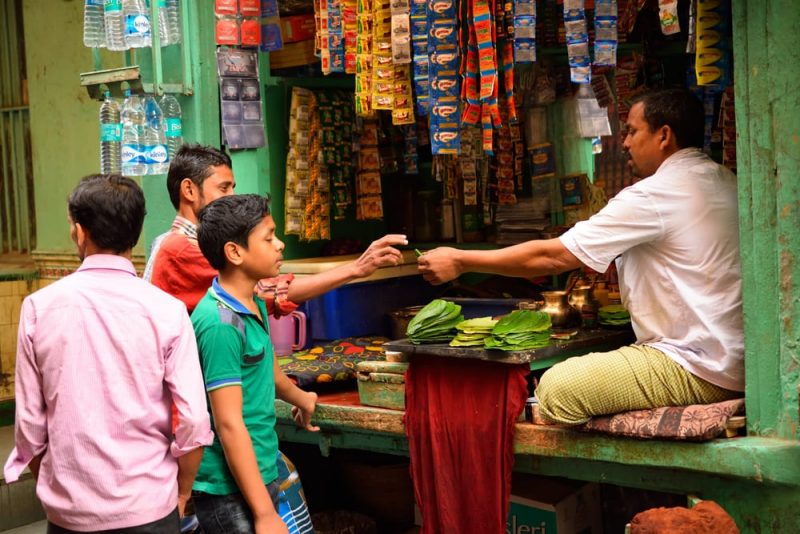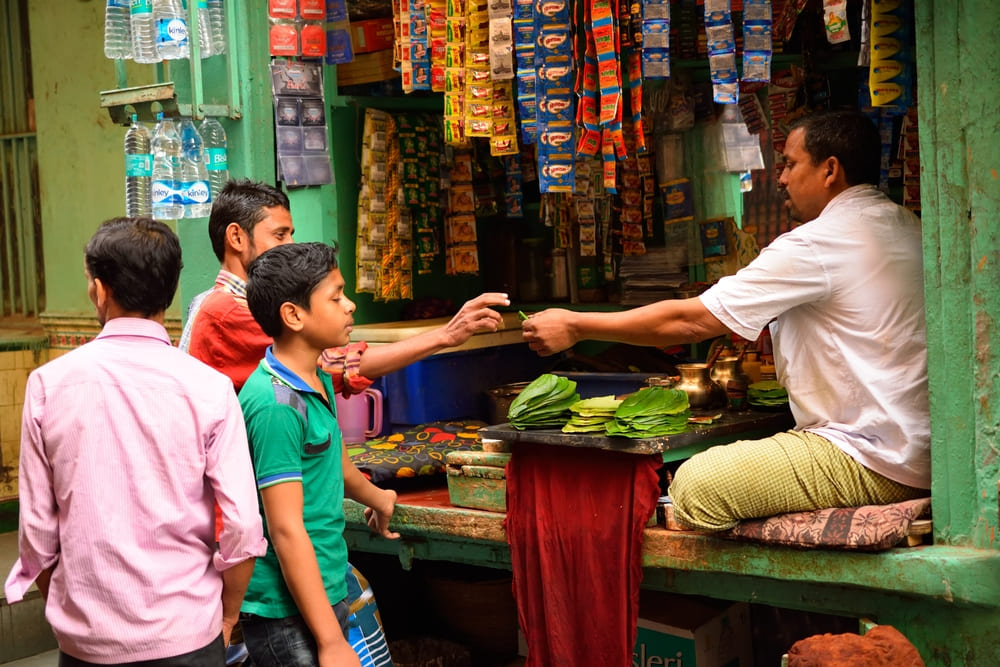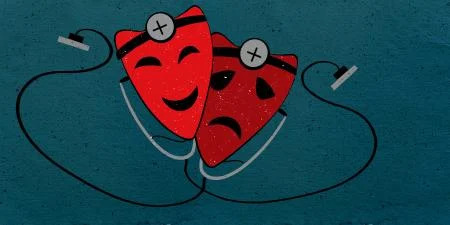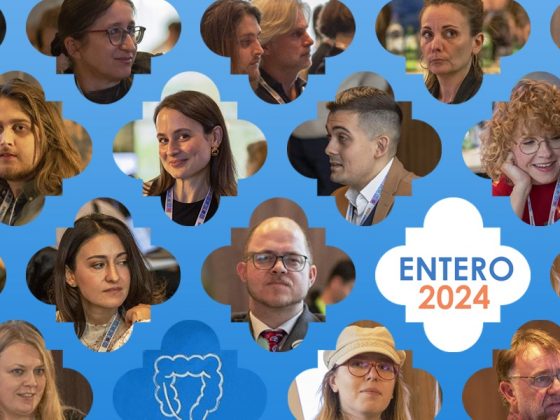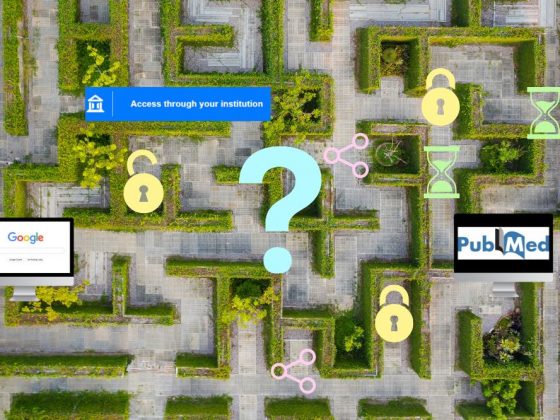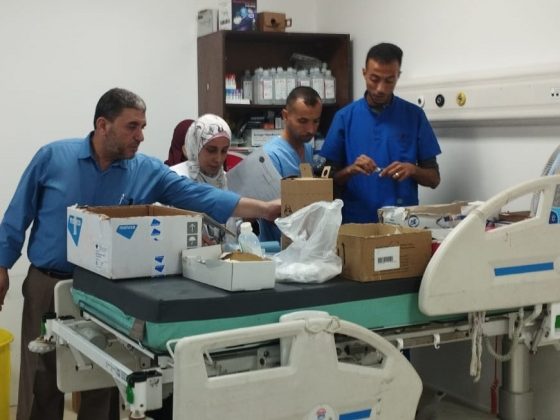Smokeless tobacco products such as paan masala, gutkha, khaini, mishri and snuff are chewed, sucked or sniffed rather than smoked, with the nicotine absorbed through the nose and mouth. Many contain more than 4,000 chemicals, 30 of which are linked to cancer.
There is a common misconception in South Asian countries that these are less harmful than cigarettes. Smokeless tobacco products are in fact associated with increased risk of oral cancers and mortality related to cardiovascular and cerebrovascular diseases. And a new study published in Nicotine and Tobacco Research has put a figure on the economic cost of this.
The researchers, from the UK, India and Pakistan, have calculated that the total treatment cost of a lifetime’s smokeless tobacco use is likely to be more than US$19 billion across India, more than US$1.5 billion across Bangladesh, and more than US$3 billion across Pakistan. These three countries account for 82% of the 356 million users of smokeless tobacco globally.
Earlier studies have shown that 50-75% of tobacco users in India use smokeless varieties, which explains why India has the highest number of oral cancer cases in the world, making up 30% of all cancer cases in the country. Yet the enormous cost these products bring will not be easily confronted. The laws preventing tobacco consumption in India, Bangladesh and Pakistan are weak and implemented ineffectively
50-75% of tobacco users in India use smokeless varieties, which explains why India has the highest number of oral cancer cases in the world
Alongside this, women prefer consuming tobacco in the smokeless form. According to Subhash Pokhrel, Professor of Public Health Economics at Brunel University in London and co-author of the study, this is because smokeless tobacco is socially acceptable in these countries. Using these products is part of celebrations and they are even offered to guests at weddings. Smokeless tobacco is also extremely cheap: a sachet of paan masala costs just five to ten rupees (six to 12 US cents).
In this context, he says, it is very easy for non-users to take up the habit, and for those who have quit to relapse. To help policymakers assess the possible impact of policy change, the authors created a model to estimate the life-time risk of oral oesophageal and pharyngeal cancer and stroke related to smokeless tobacco use in India, Bangladesh and Pakistan. They found that lack of policy action would have the biggest impact on younger people who had not yet taken up smokeless tobacco. A typical 15-year-old male adolescent would gain 0.18 life years and avert 0.19 Disability Adjusted Life Years if policies ended smokeless tobacco use. Given that India has a population of almost 1.5 billion, with a median age of 28.5 years, that would add up to a very significant overall gain in life years and disability-adjusted life years.
Smokeless tobacco products
A wide range of smokeless tobacco products are used across South East Asia, leading to very high rates of oral cancer. Many of them include areca nut (betel nut) which is also highly addictive and a carcinogen.
Paan masala is a commercially manufactured mixture of areca nut, tobacco, slaked lime, catechu, cardamom and many artificial perfuming and flavouring substances. It is a dehydrated, nonperishable product sold in small sachets. It is chewed.
Gutkha consists of sun-dried, roasted, finely chopped tobacco, areca nut, slaked lime and catechu mixed together with several other ingredients such as flavourings and sweeteners. It is commercially made, and sold in small sachets. It is held in the mouth, sucked and chewed.
Khaini is made from sun-dried or fermented coarsely cut tobacco leaves. The tobacco leaves are crushed into smaller pieces. A pinch of tobacco is taken in the palm of the hand, to which a small amount of slaked lime paste is added. The mixture is then rubbed thoroughly with the thumb. Khaini is usually prepared by the user at the time of use, but is also available commercially. It is held in the mouth and sucked or chewed.
Mishri is made from tobacco that is baked on a hot metal plate until toasted or partially burnt, and then powdered. It is applied to the teeth and gums as a dentifrice, usually twice a day, and more frequently in some cases. Users then tend to hold it in their mouths.
A powerful and aggressive industry
Such evidence is crucial given the power of the tobacco industry in South Asia, and the support it receives from celebrities such as Bollywood star Shah Rukh Khan who stars in paan masala ads. There have been reports of the tobacco lobby in India directing government agencies to take action against think tanks and non-profits working for tobacco control.
“I have received threats in my own career when I was the Director of an Indian Council of Medical Research (ICMR) institution [for speaking against tobacco use],” says Ravi Mehrotra, Founder of India’s Centre for Health Innovation and Policy (CHIP) Foundation, and former Director of ICMR’s National Institute of Cancer Prevention and Research. “I have also been offered blank cheques by the e-cigarette companies to not talk about them.”
Nicotine replacement treatments are far more expensive than tobacco products, and cessation services are patchy and underutilised
Countering the tobacco industry requires concerted efforts by government, media, public health activists and corporations. Yet tobacco-cessation receives very little attention in South Asia, says Mehrotra. “It is far easier to fall into addiction than to leave it.” Nicotine replacement treatments like patches or gums are far more expensive than tobacco products, and cessation services in India are patchy and underutilised.
Mehrotra argues that there are lessons to be learned from Thailand, where tobacco consumption has gone down due to awareness raising and the availability of facilities for quitting. England’s efforts to reduce tobacco consumption also stand out, adds Pokhrel. Large numbers of those who used its comprehensive quitting support services have stopped smoking after a year. “It invested a significant amount of money to provide quit support interventions,” he says.
Pokhrel believes that India, Pakistan and Bangladesh have to strengthen the implementation of existing tobacco control and enforce laws if they are to improve the nation’s health and save money on tobacco related disease. “There is no such thing as a free lunch. To achieve the gains in productivity and societal benefits as a result of reduction in tobacco use, governments need to invest in public health now.”
Bangladesh may be showing the way in terms of political commitment. Its Prime Minister Shaikh Hasina has set a target for being tobacco free by 2040. But there is still a long way to go. About a third of the adult population of Bangladesh still use tobacco.
This article has been amended to reflect the finding that 50-75% of all tobacco users in India use smokeless varieties, not 25% as erroneously stated in the original.

